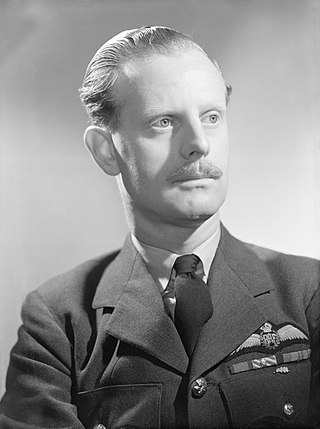
Christopher Frederick Currant, was a British Royal Air Force (RAF) fighter pilot and flying ace of the Second World War. He was credited with at least fifteen aerial victories.

Group Captain Colin Falkland Gray, was a Royal Air Force (RAF) officer and the top New Zealand fighter ace of the Second World War. He was credited with at least 27 aerial victories.

Air Commodore John Marlow Thompson, was a Royal Air Force (RAF) officer and a flying ace of the Second World War. He is credited with having destroyed at least eight enemy aircraft.

Brian van Mentz, was a South-African born flying ace of the Royal Air Force (RAF) during the Second World War. He is credited with destroying at least seven German aircraft.
Thomas Young Wallace was a South African fighter pilot and flying ace of the Royal Air Force (RAF). He was credited with at least six aerial victories during the Second World War.

George Gribble, was a British flying ace of the Royal Air Force (RAF) during the Second World War. He was officially credited with the destruction of at least six German aircraft.
John Curchin, was an Australian flying ace of the Royal Air Force (RAF) during the Second World War. He was credited with at least eight aerial victories.
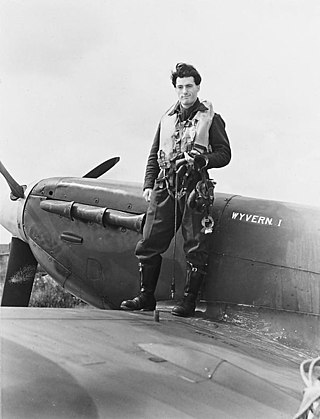
Alan Francis Eckford was a British flying ace of the Royal Air Force (RAF) during the Second World War. He was credited with at least eight aerial victories.
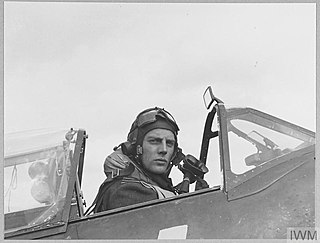
Edward Francis John Charles, was an English-born Canadian officer and flying ace who served in the Royal Canadian Air Force (RCAF) and the Royal Air Force (RAF) during the Second World War. During his service with the RAF, he was credited with at least fifteen aerial victories.
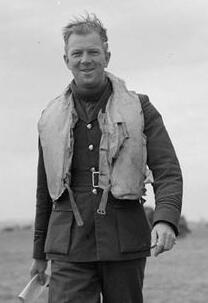
Walter Lawson, was an flying ace who served in the Royal Air Force (RAF) during the Second World War. During his service with the RAF, he was credited with at least six aerial victories.
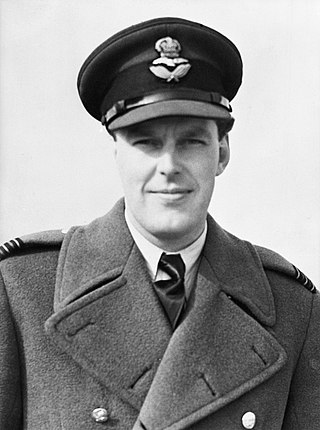
Michael Lister Robinson was a British flying ace of the Royal Air Force (RAF) during the Second World War. He is credited with shooting down at least sixteen aircraft.

Paul Richey, was a flying ace who served in the Royal Air Force (RAF) during the Second World War. He was credited with having shot down at least ten aircraft. He also wrote a well received book, Fighter Pilot, covering No. 1 Squadron's involvement in the Battle of France.
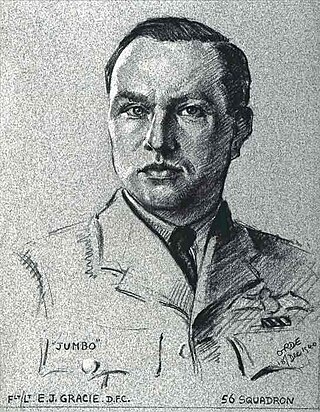
Edward Gracie, was a British flying ace who served with the Royal Air Force (RAF) during the Second World War. He was credited with having shot down at least seven aircraft.
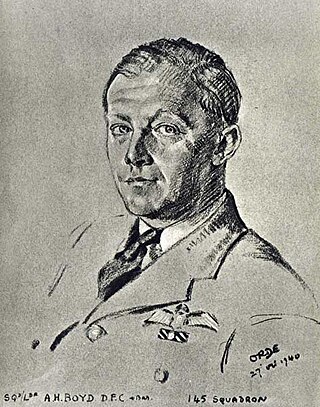
Adrian Boyd, was a British flying ace who served with the Royal Air Force (RAF) during the Second World War. He was credited with having shot down at least eighteen aircraft.
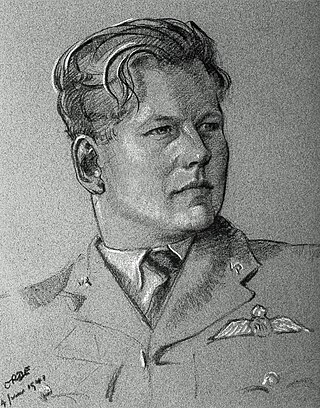
John Bisdee, was a British flying ace who served in the Royal Air Force (RAF) during the Second World War. He was credited with having shot down at least ten aircraft.

Desmond McMullen, was a British flying ace who served with the Royal Air Force (RAF) during the Second World War. He was credited with having shot down at least twenty-two aircraft.
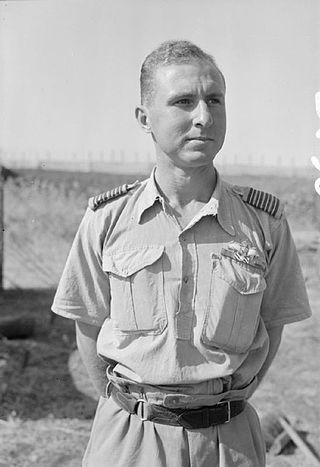
George Gilroy, was a British flying ace who served in the Royal Air Force (RAF) during the Second World War. He was credited with having shot down at least twenty-four aircraft.

Crelin Bodie, was a British flying ace who served with the Royal Air Force (RAF) during the Second World War. He was credited with having shot down at least ten aircraft.
John Shepherd, was a British flying ace who served with the Royal Air Force (RAF) during the Second World War. He was credited with having shot down at least thirteen aircraft as well as seven V-1 flying bombs.
John Villa, was a flying ace who served in the Royal Air Force (RAF) during the Second World War. During his service with the RAF, he was credited with having destroyed at least seventeen German aircraft.
















